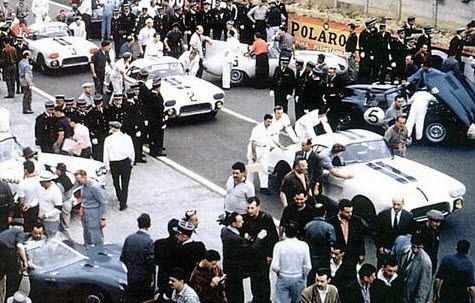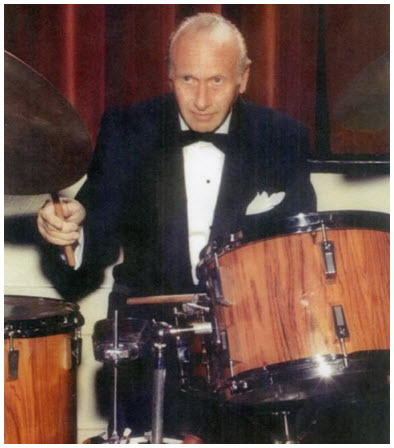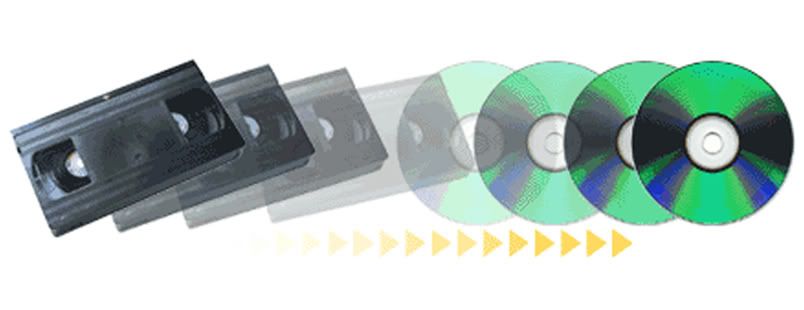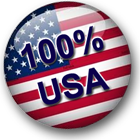Here at Play it Again Video, a photo scanning lab in Newton, we have so much fun with our photo restoration service. It’s like magic how we can transform a stained, faded, ripped photo into a vibrant wedding couple again, or remove the yellowish tinge that coats old photos and make the faces pop up again. Then there’s the extra fun projects of restoring hair, taking off 30 lbs, or swapping heads. You know how you like the face in Picture A but like the body in Picture B, that’s swapping heads. We also alter history by adding an out-of-town Uncle in a family photo. After you’ve worked here a while, and helped customers with their photo restoration/alteration requests, you’ll never trust the photos you see at face value anymore. Ok, that’s beside the point, I digress, sorry.
My point is that, if your precious photo is ripped, or torn, or you spilled coffee on it, or someone folded a deep crease on it, don’t despair. We can make it like new again, examples below.
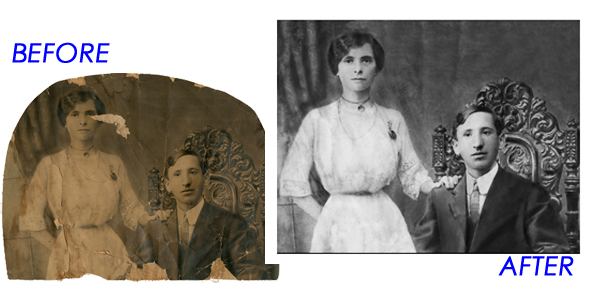
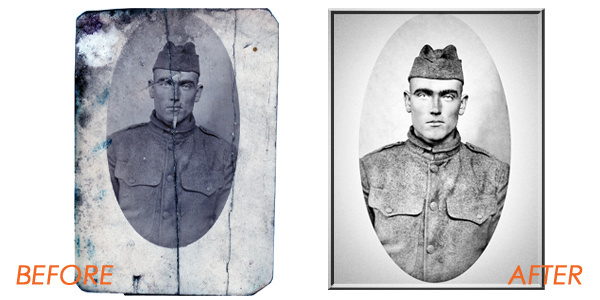
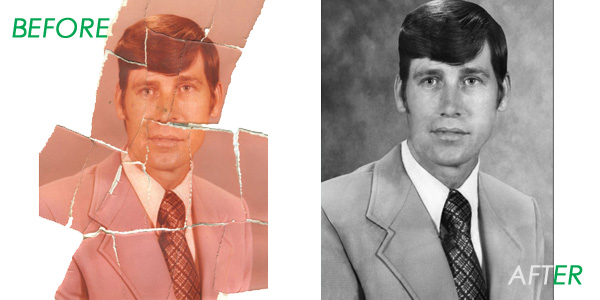

Before you can restore your photos, you need to first turn your photo to a digital format. Click here for Photo Scanning Services in the Greater Boston area.
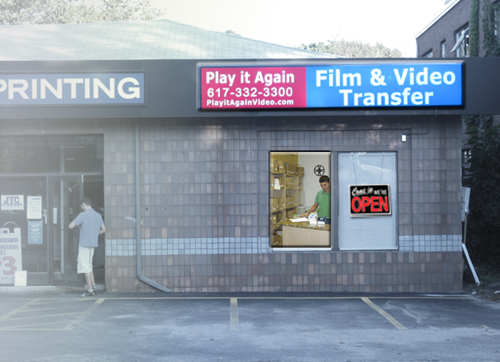
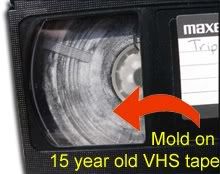 1. Mold
1. Mold